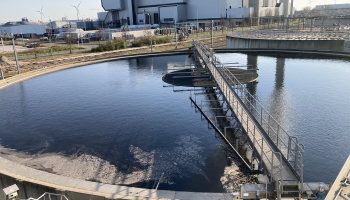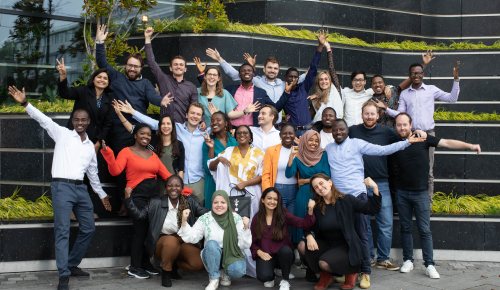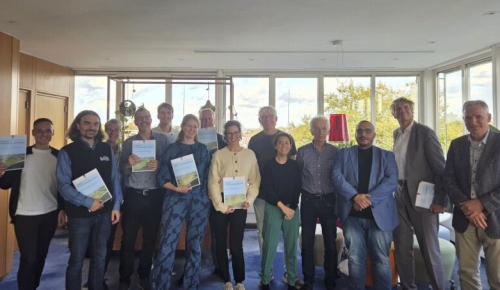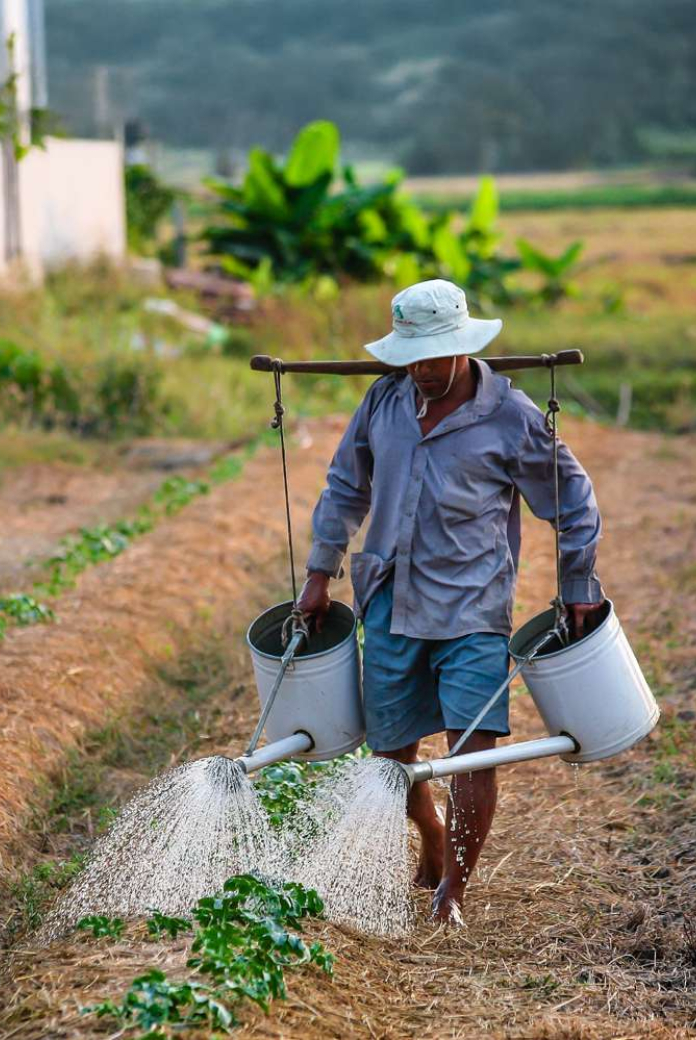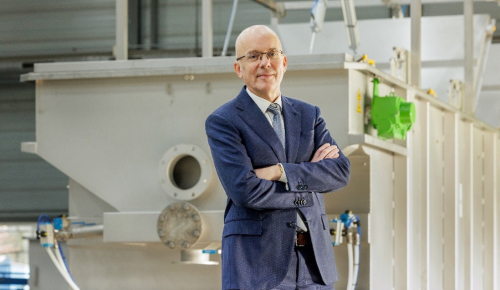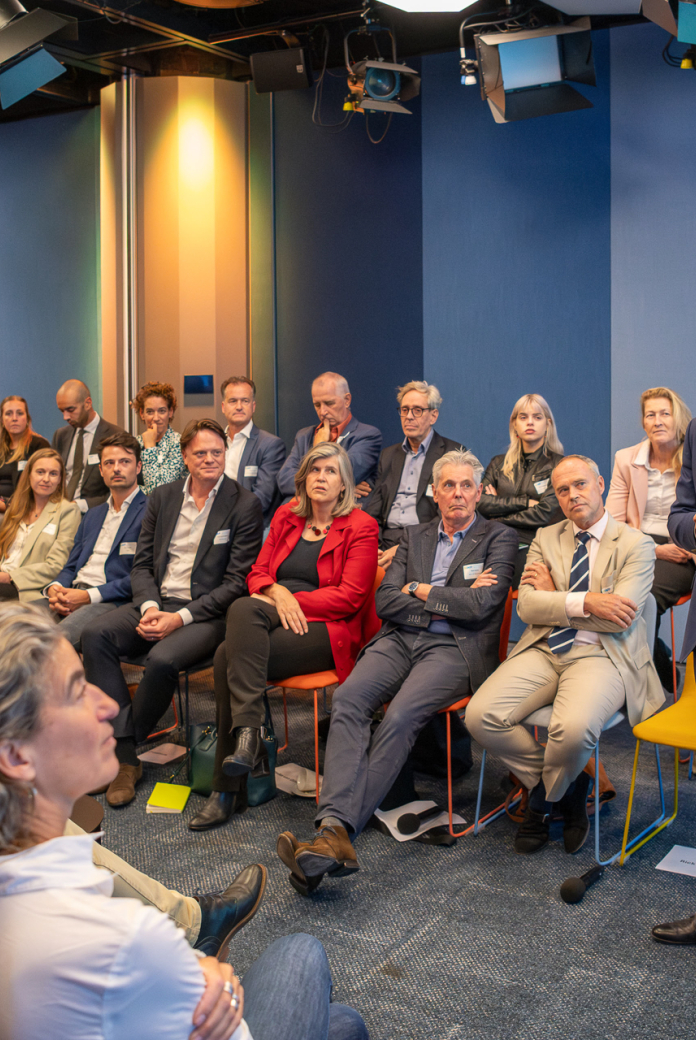News
26 May 2025Mitigating laughing gas emissions from wastewater
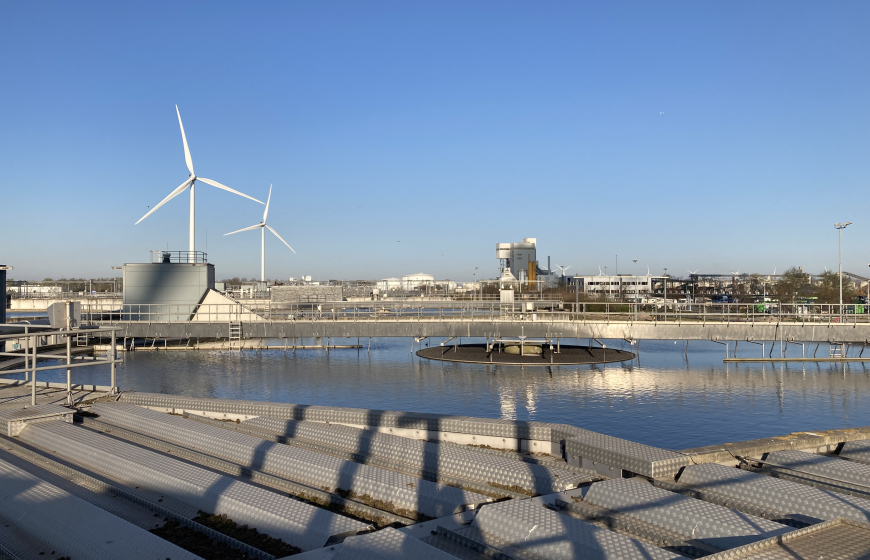
Nitrous oxide is known as the gas used in whipped cream cartridges or as an anaesthetic in hospitals. But it’s much more than that. This potent greenhouse gas is also released from biological wastewater treatment plants (WWTPs), posing a real threat to our climate. PhD student Nina Roothans from TU Delft, member of NWP, who recently graduated cum laude, has identified practical strategies to reduce nitrous oxide emissions. Her groundbreaking work has now been published in Nature Water.
Laughing gas (nitrous oxide or N₂O) is primarily released by the micro-organisms responsible for cleaning our wastewater. These microbes live in complex communities, with each group performing a specific role. Emissions vary throughout the day and across seasons, and the intricate microbial processes behind them remain largely unknown, making it difficult to design effective strategies to reduce emissions.
Understanding the emission problem
Motivated by the need to resolve this long-standing puzzle, Michele Laureni (assistant professor Bioprocess Engineering) and Mark van Loosdrecht (Professor Environmental Biotechnology) teamed up with the Dutch Water Authorities and STOWA, all members of NWP. Under their supervision, the now Dr. Nina Roothans applied advanced techniques - including DNA and protein analyses - to study, in detail, how individual micro-organisms interact in WWTPs over a two-year period. The Amsterdam West WWTP from the Water Authority Amstel, Gooi and Vecht, operated by NWP member Waternet, was her model ecosystem. The research revealed how environmental and operational factors - such as temperature and oxygen levels - impact nitrous oxide emissions.
Oxygen impacts emissions
One of Roothans’ key discoveries was that the accumulation of nitrite - a central intermediate in the breakdown of nitrogen compounds - is linked to an imbalance between two groups of bacteria: those that convert ammonia into nitrite, and those that convert nitrite into nitrate. Because nitrite is a precursor to nitrous oxide, this imbalance was identified as the primary cause of nitrous oxide or laughing gas emissions. Crucially, Roothans also identified the oxygen concentration - something operators have direct control upon - as the main factor inducing this imbalance.
And this, Laureni notes, is precisely where the opportunity lies: “The nice thing is that, in principle, the solution may not require major infrastructural changes. The idea is that gradually increasing oxygen, rather than doing so abruptly when winter approaches, may already significantly reduce emissions. Moreover, this work is a great example of how very fundamental research can directly lead to actionable engineering insights.”
This work is a great example of how very fundamental research can directly lead to actionable engineering insights.
Michele Laureni
Assistant professor Bioprocess Engineering at TU Delft
Simple and cost-effective
The research has opened up avenues for further exploration. Two new PhD candidates, in collaboration with Water Authorities and Haskoning, are continuing this work to refine and validate the proposed strategies. As NWP members, TU Delft and Waternet are committed to applying these insights to help mitigate greenhouse gas emissions in wastewater treatment.
